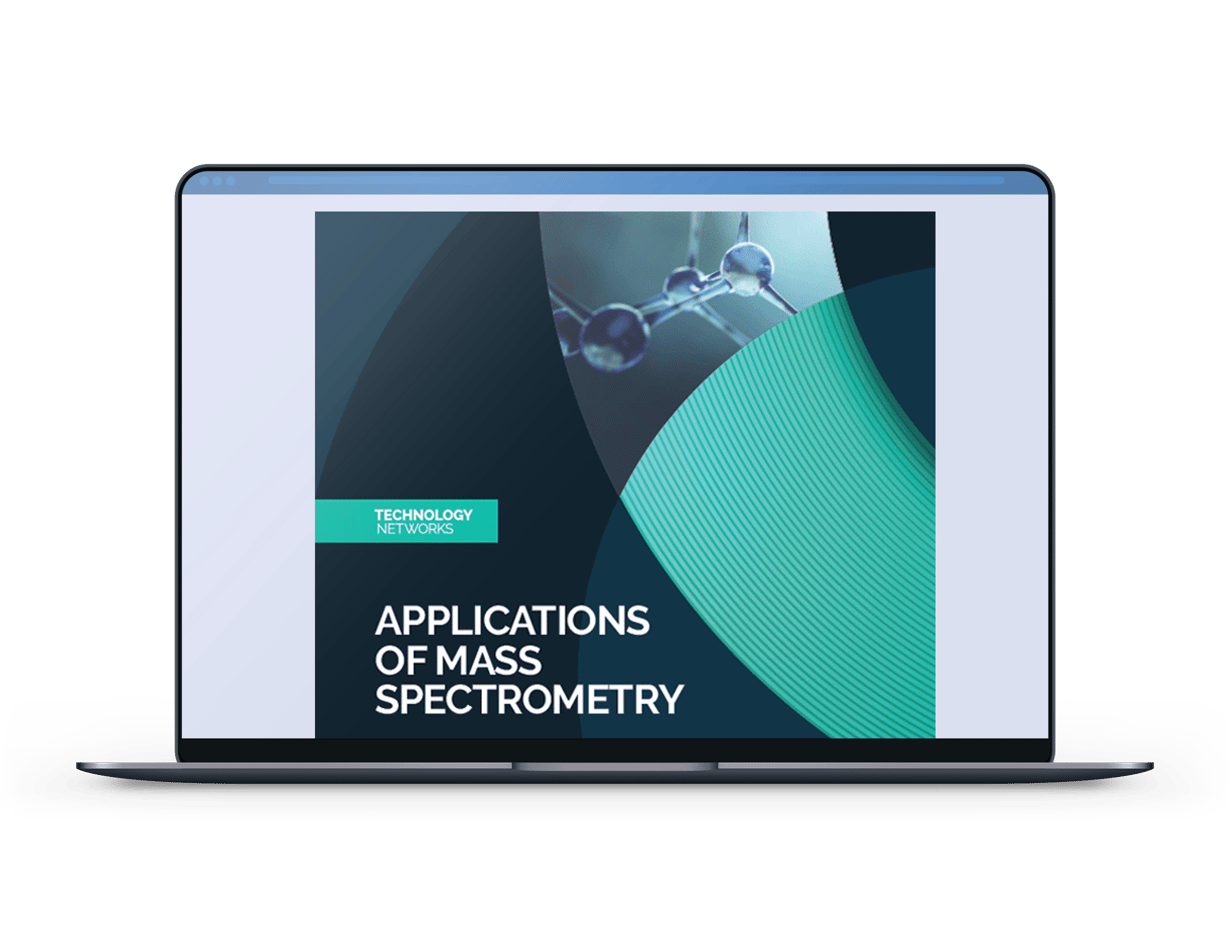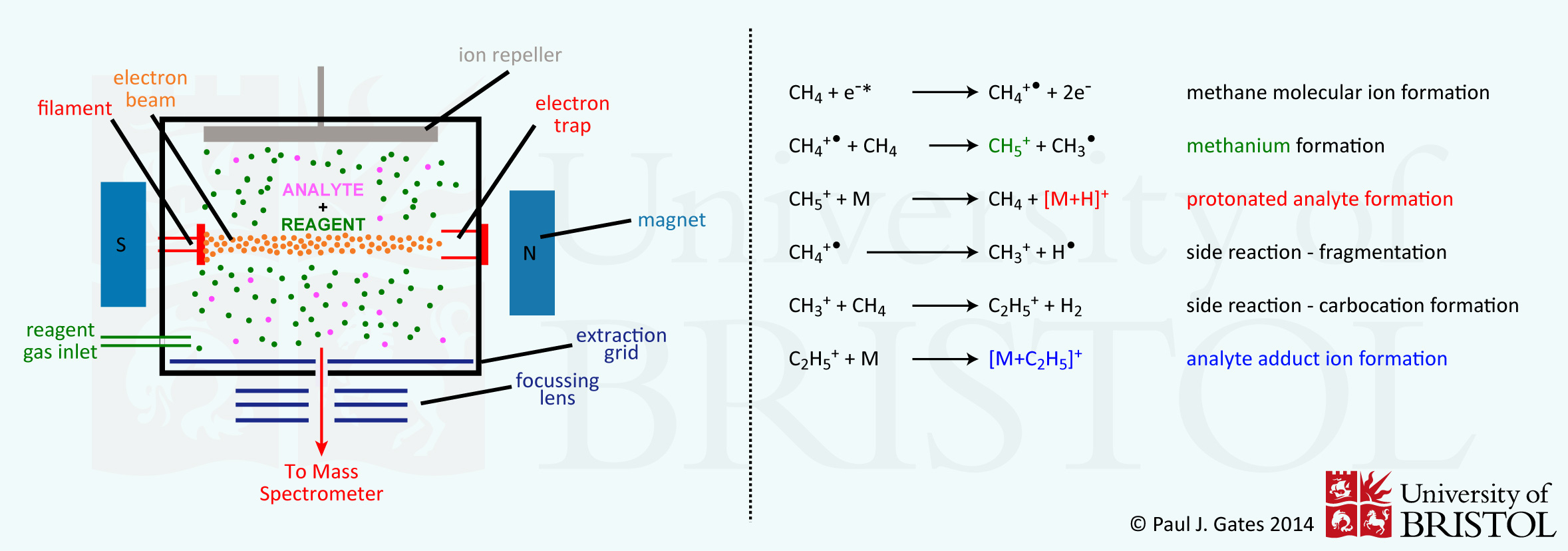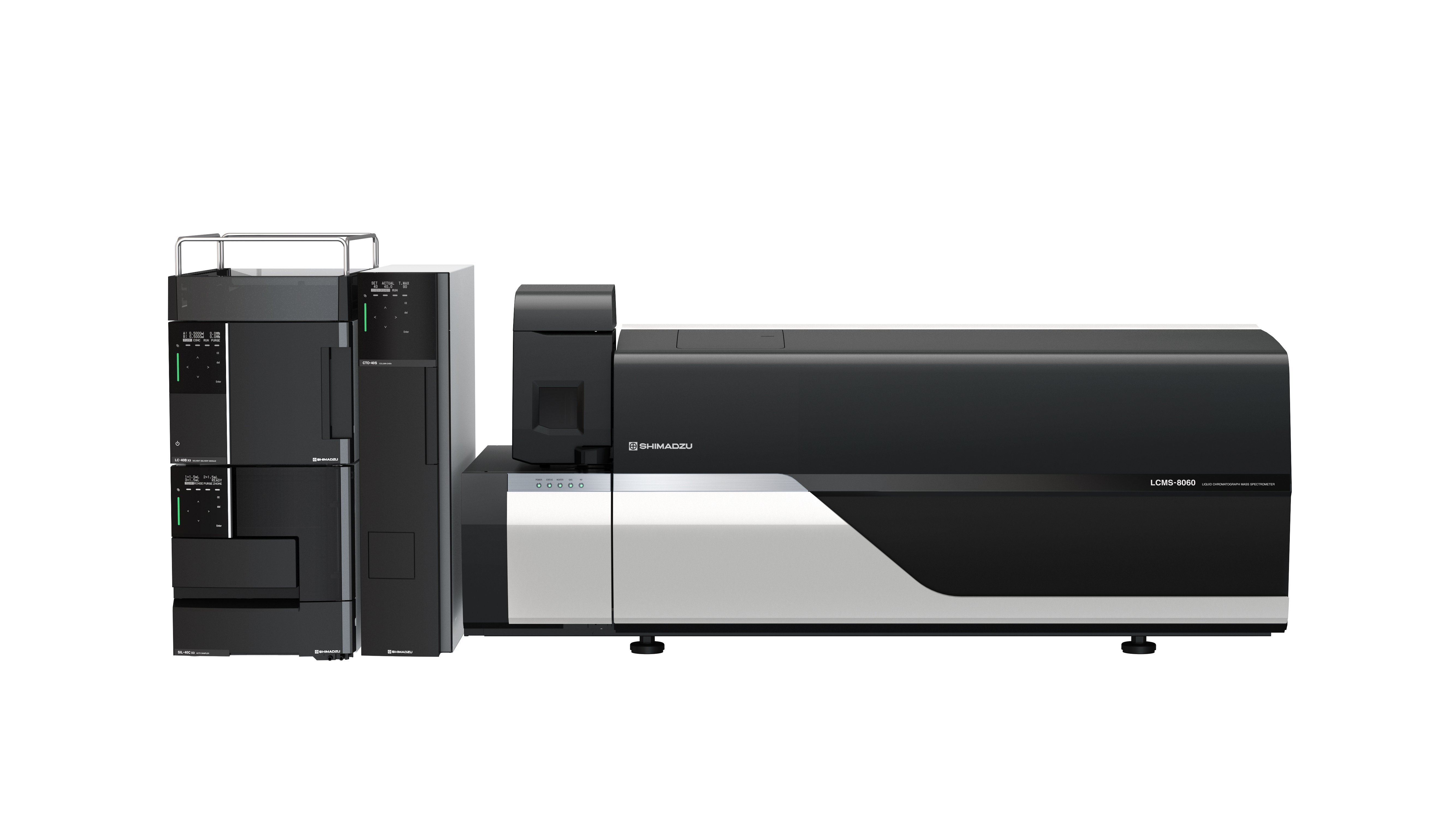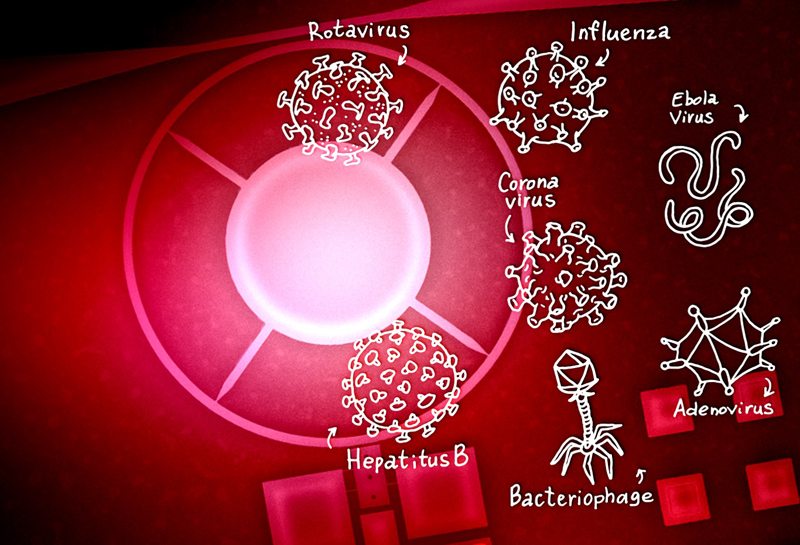(PDF) Laser induced formation of CsI ion clusters analyzed by delayed

Mass spectrometry parameters used during analyses. 524 Download
A simple method was developed for the generation of cesium iodide (CsI) cluster ions up to m/z over 20,000 in matrix-assisted laser desorption/ionization mass spectrometry (MALDI MS).

Figure 2 from Solventdependent assembly of discrete and continuous
A direct solution analysis method, cold-spray ionization (CSI) mass spectrometry (MS), a variant of electrospray (ESI) MS operating at low temperature (ca −80 to 10 C), allows the facile and precise characterization of labile organic species, especially those in which non-covalent bonding interactions are prominent.

Computational mass spectrometry
The mass spectrometry data for Rivularia sp. cyanobacteria were deposited at MassIVE (accession no. MSV000085578). The spectra for rivulariapeptolide 1155 were annotated in the GNPS spectral.

Ultra High Resolution Imaging Mass Spectrometry for Advanced Clinical
The goal of this study was to explore the use of LC-captive spray ionization (CSI)-mass spectrometry for detection, characterization and quantification of drugs and metabolites. CSI allows the use of conventional HPLC or uHPLC columns and flow rates of 0.35-0.6 mL/min (before post-column flow splitting) and can be considered as a technique.

Mass Spectrometry Professor Dave Explains
MASST 28 was used to search the annotated bile acid conjugates spectra in all public mass spectrometry datasets, including MassIVE-GNPS 37, MetaboLights 4 and Metabolomics Workbench 5.

CSI mass spectra of Fujita's M n L 2n sphere 1 (n = 6), sphere 2 (n
Untargeted mass spectrometry is employed to detect small molecules in complex biospecimens, generating data that are difficult to interpret. We developed Qemistree, a data exploration strategy based on the hierarchical organization of molecular fingerprints predicted from fragmentation spectra.

Applications of Mass Spectrometry
Cold spray ionization mass spectrometry (CSI-MS) is a variant of ESI-MS that promotes ionization by increasing the polarizability of the compound at low temperature [17]. This native-MS technique allows the facile and precise characterization of weak noncovalent interactions in solutions compared to the conventional ESI method [18].

CSI Mass Effect 2 With Wrex YouTube
A direct solution analysis method, cold-spray ionization (CSI) mass spectrometry (MS), a variant of electrospray (ESI) MS operating at low temperature (ca -80 to 10 degrees C), allows the facile and precise characterization of labile organic species, especially those in which non-covalent bonding interactions are prominent.

(PDF) Laser induced formation of CsI ion clusters analyzed by delayed
Abstract Calibration is vital for accurate m/z measurements. This review informs on calibration and possible calibrants for ESI-MS, highlighting analytical considerations important for high accuracy and precision.

Mass Spectrometry Facility CI
CSI-MS is also used to investigate the behavior of aggregated steroid compounds, namely, bisguanidinobenzene-benzoic acid complexes, in solution. This method is a powerful tool for analyzing the equilibria of multiply linked self-assembling catenanes in solution. Its application to unstable and complex supramolecules will be shown.

Ion mobility spectrometry combined with highresolution mass
The mixture solutions were infused into the Q Exactive hybrid quadrupole-Orbitrap mass spectrometer via the custom CSI device at a flow rate of 10 μL/min. Results demonstrated that the glycyrrhizic acid/aconitine self-assembled complex was observed in the positive ion mode with a binding ratio of 1:1 ([glycyrrhizic acid/aconitine+H] +) at m/z.

Mass Spectrometry SHIMADZU EUROPA
The large and monisotopic clusters of CsI have made it the compound of choice for calibrating mass spectrometers for high mass analysis. The series of equally spaced peaks extend over a wide.
CSIMS spectrometry of 3 upon reaction with KO2. The graphics depict
A direct solution analysis method, cold-spray ionization (CSI) mass spectrometry (MS), a variant of electrospray (ESI) MS operating at low temperature (ca −80 to 10 °C), allows the facile and precise characterization of labile organic species, especially those in which non-covalent bonding interactions are prominent.

SOLVED You are a CSI (crime scene investigator) agent; and you analyze
Coldspray ionization (CSI) mass spectrometry, a variant of electrospray ionization (ESI) operating at low temperature (20 to −80. °C), has been used to characterize protein conformation and noncovalent complexes.. A comparison of CSI and ESI was presented for the investigation of the equilibrium acid-induced unfolding of cytochrome c, ubiquitin, myoglobin, and cyclophilin A (CypA) over a.

CSIR NET June 2017 Mass Spectrometry YouTube
Cold-spray ionization (CSI) is designed for the MS detection of labile organic species. It is used to analyze the structures of biomolecular complexes and labile organic species in solution.

Coldspray ionization (CSI) mass spectrometry (MS) has been developed and applied to characterize labile organometallic compounds. While conventional ESI is not applicable to those compounds because of their instability to heat and/or air, CSI affords multiply charged molecular ions with many solvents molecules attached. Here we describe the CSI method and its application to several labile.